Embroidery, a captivating and intricate art form, breathes life and beauty into fabrics. Yet, upon finishing a remarkable embroidery piece, you might encounter the challenge of unsightly hoop marks on your fabric. These marks manifest when the fabric is tightly fastened in an embroidery hoop during the stitching process. Safely eliminating these remnants without compromising your embroidered masterpiece demands a meticulous approach. So how to remove embroidery hoop marks from your fabric?
To guide you through this process effectively, here is a comprehensive step-by-step guide on removing embroidery hoop marks from your fabric:
Table of Contents
- 1. Hoop Selection And Preparation
- 2. Fabric Choice
- 3. Use Stabilizer
- 4. Release Hoop Tension
- 5. Proper Hooping Technique
- 6. Steam Pressing
- 7. Blotting With A Damp Cloth
- 8. Moisture and Patience
- 9. Test On Scrap Fabric
- 10. Natural Sunlight
- 11. Vinegar And Water Mixture
- 12. Mild Detergent Solution
- 13. Fabric Softner Spray
- 14. Steam From The Back
- 15. Commercial Fabric Relaxer
- 16. Delicate Brushing
- 17. Fabric Stretching
- 18. Professional Dry Cleaning
- 19. Silicone Release Paper
- 20. Preventive Measures
- To Sum Up
- Frequently Asked Questions
1. Hoop Selection And Preparation
Select embroidery hoops that align with the characteristics of your fabric, considering its type and thickness. Prioritize hoops with smooth, clean inner surfaces, devoid of rough edges or splinters that might imprint unwanted marks on the fabric. This thoughtful choice minimizes the risk of leaving undesirable imprints during the embroidery process.
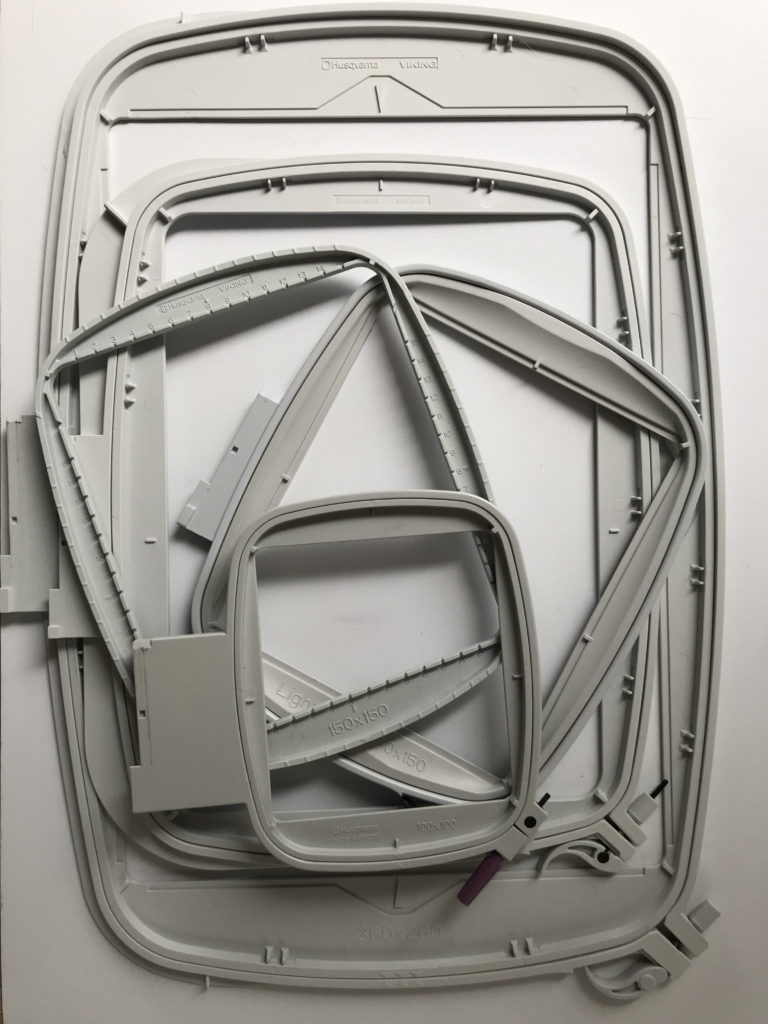
2. Fabric Choice
Opt for the appropriate fabric for your embroidery project, leaning towards high-quality options with a tight weave to reduce susceptibility to hoop marks. Consider pre-washing the fabric and meticulously pressing it to eliminate sizing or wrinkles that could potentially contribute to the formation of hoop marks. This proactive approach ensures a smoother embroidery process, minimizing the likelihood of undesirable imprints on your fabric.
3. Use Stabilizer
Mitigate the risk of embroidery hoop marks by incorporating stabilizers or backing materials that suit your fabric type. Stabilizers play a crucial role in offering extra support, preventing fabric distortion throughout the embroidery process. By choosing the right stabilizers, you enhance the overall stability of the fabric, minimizing the likelihood of unsightly hoop marks on your embroidered work.
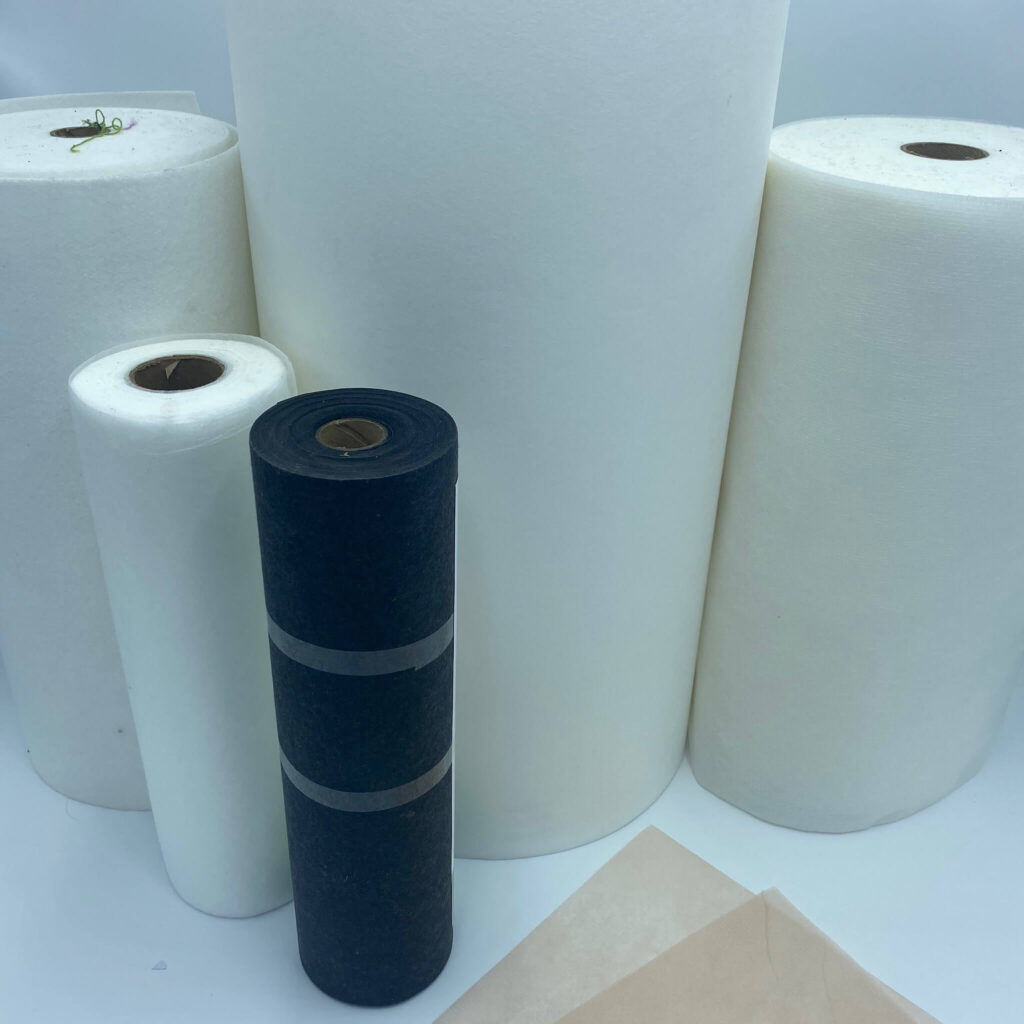
4. Release Hoop Tension
Upon finishing your embroidery, promptly release the tension on the hoop. Avoid leaving the fabric secured in the hoop for an extended period, as this can result in permanent marks. Immediate removal of tension preserves the integrity of your embroidery work, preventing any lasting impressions on the fabric caused by prolonged hoop confinement.
5. Proper Hooping Technique
When hooping your fabric, achieve a taut but not overly stretched state. Avoid excessive tightening of the hoop, as this can result in unsightly hoop marks on the fabric. Gentle tugging of the fabric in all directions ensures even tension, contributing to a well-balanced hooping process without compromising the fabric’s integrity.
6. Steam Pressing
The most effective method for removing embroidery hoop marks is steam pressing. Begin by placing a clean, damp cloth over the embroidered area and delicately press with a steam iron set to the lowest heat suitable for your fabric. Exercise caution to avoid direct pressing on the embroidery threads, preventing any flattening of the intricate design. This technique efficiently lifts hoop marks without compromising the quality of your embroidered work.
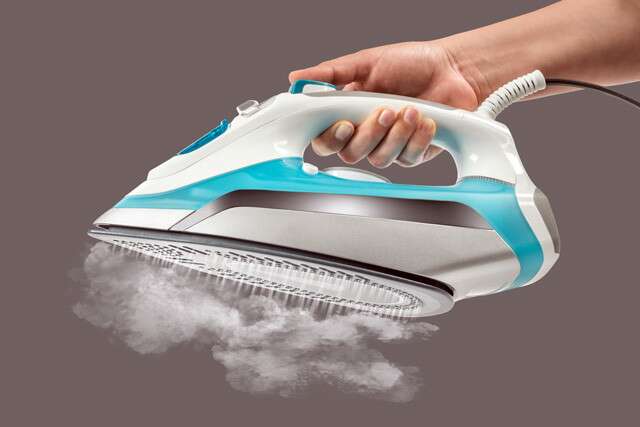
7. Blotting With A Damp Cloth
To address embroidery hoop marks, dampen a clean white cloth with water and delicately blot the affected area. Refrain from rubbing, as this could potentially damage the delicate embroidery threads. The blotting technique allows for a gradual softening of the marks, making them less noticeable over time without jeopardizing the integrity of the embroidered work.
8. Moisture and Patience
Addressing stubborn hoop marks requires a gentle approach. Begin by misting the fabric lightly with water using a spray bottle. Cover the marked area with a clean cloth or towel and delicately press with a warm iron. The combination of moisture and heat facilitates the relaxation of fabric fibers, gradually releasing the persistent marks. Patience is key; repeat the process as needed until the desired results are achieved.
9. Test On Scrap Fabric
Before applying any of these methods to your embroidered piece, it is advisable to practice on a scrap fabric with similar characteristics. This precaution ensures familiarity with the process and helps prevent potential damage to your project. Take the time to refine your technique on a less critical piece before addressing the hoop marks on your main embroidered work.
10. Natural Sunlight
If the fabric allows, consider hanging it in direct sunlight. Sunlight has a natural fading effect that can help reduce hoop marks over time. Exercise caution to avoid prolonged exposure, as it may result in overall fabric fading. This method offers a gradual and natural approach to minimizing the visibility of hoop marks, but monitoring the exposure duration is crucial to maintaining the fabric’s color and integrity.
11. Vinegar And Water Mixture
Create a solution by mixing equal parts of white vinegar and water in a spray bottle. Lightly mist the hoop marks with this mixture and delicately blot the affected area with a clean cloth. The vinegar works to soften the fabric fibers, aiding in reducing the visibility of marks. This approach offers an alternative method to address hoop marks, providing a potential solution through the gentle application of the vinegar and water mixture.
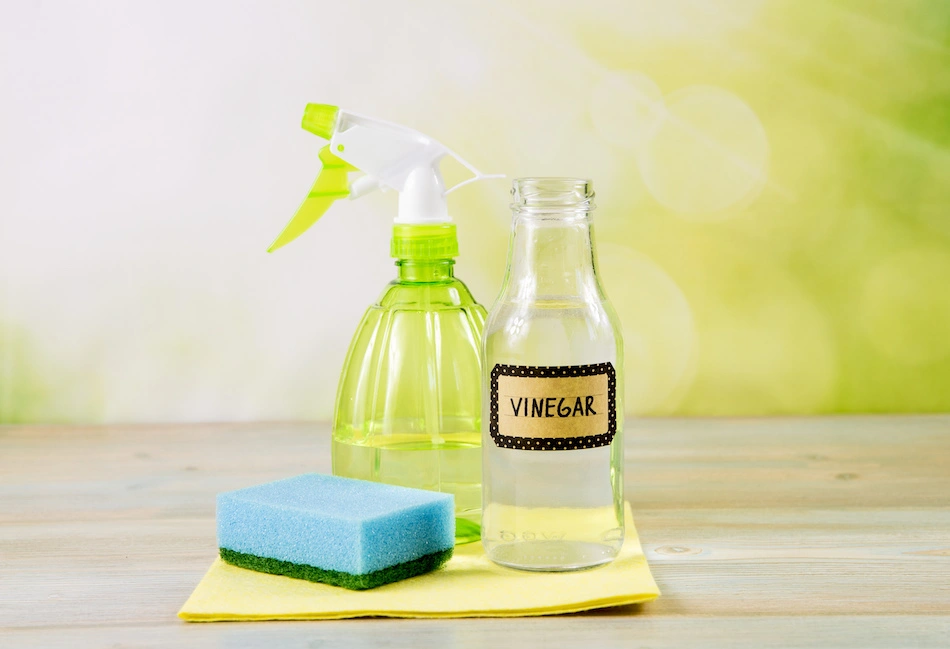
12. Mild Detergent Solution
Prepare a mild detergent solution by combining a small amount of gentle liquid detergent with water. Dampen a clean cloth with this solution and delicately blot the hoop marks on the fabric. This gentle cleansing approach aims to lift and diminish the marks without causing harm to the embroidered work.
13. Fabric Softner Spray
Create a mixture by diluting fabric softener with water. Spray the diluted fabric softener onto the hoop marks and softly blot the affected area with a clean cloth. This method is designed to relax the fabric fibers, contributing to the reduction of visibility for the hoop marks. Exercise care while applying the fabric softener solution to ensure a gentle and effective treatment without compromising the integrity of the embroidered work.
14. Steam From The Back
For an alternative to steam pressing from the front, position a clean cloth or towel on the back of the fabric and steam press from the reverse side. This approach aids in releasing hoop marks without subjecting the embroidery threads to direct steam exposure. By focusing the steam on the back, you can effectively address the marks while preserving the integrity of the intricate embroidery on the front of the fabric.
15. Commercial Fabric Relaxer
Explore specialized fabric relaxers available in the market designed specifically for removing wrinkles and creases from fabrics. Adhere to the product instructions and apply the fabric relaxer to the hoop marks, gently smoothing out the fabric. These products are formulated to provide a targeted and effective solution for addressing marks on fabrics, offering an additional option to ensure the restoration of your embroidered piece.
16. Delicate Brushing
Employ a soft-bristle toothbrush or a gentle artist’s brush to delicately brush the marked area in the direction of the fabric’s weave. This technique aids in lifting the fabric fibers and diminishing the appearance of marks. The soft and controlled brushing action ensures a careful approach to handling the fabric, allowing for a potential reduction in the visibility of hoop marks on your embroidered work.
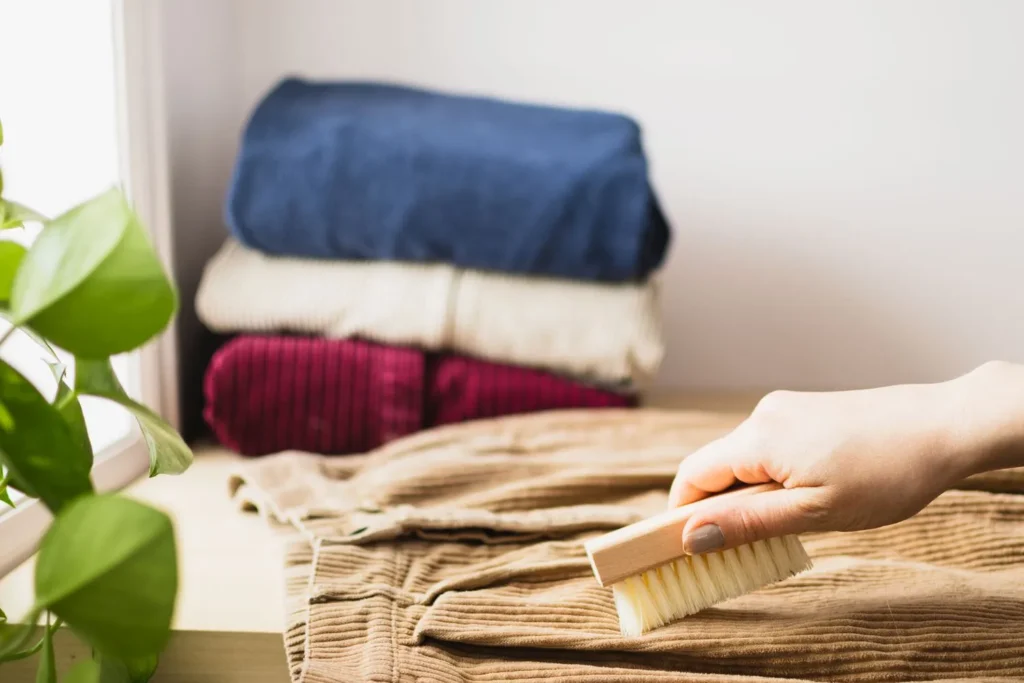
17. Fabric Stretching
If hoop marks persist, contemplate re-stretching the fabric using a different embroidery hoop. This adjustment can effectively redistribute tension, potentially minimizing the visibility of marks on the fabric. By experimenting with an alternative hoop, you may achieve a more even distribution of pressure, contributing to a smoother appearance for your embroidered work.
18. Professional Dry Cleaning
For valuable or delicate embroidered pieces, it’s advisable to seek the services of a professional dry cleaner specializing in delicate fabrics and textiles. Professionals in this field possess the expertise to effectively remove hoop marks without jeopardizing the integrity of the embroidery. Entrusting your cherished embroidered work to skilled professionals ensures a careful and knowledgeable approach to addressing hoop marks while preserving the quality of your valuable textiles.
19. Silicone Release Paper
Place a piece of silicone release paper over the hoop marks and press with a warm iron. The silicone release paper acts as a protective barrier between the fabric and the iron, facilitating the penetration of heat to relax the fabric fibers. This method provides a cautious and effective approach to addressing hoop marks while minimizing the risk of direct heat exposure to the delicate embroidered work.
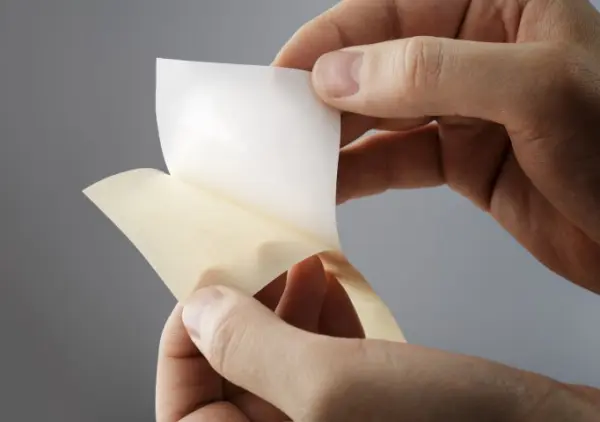
20. Preventive Measures
Prevent future embroidery hoop marks by exploring alternatives such as adhesive-backed stabilizers or embroidery spray adhesives. These options enable secure fabric attachment without the necessity for excessive tension. Additionally, opting for a padded embroidery hoop can aid in distributing pressure more evenly, reducing the risk of leaving noticeable marks on your fabric during the embroidery process.
Keep in mind that every fabric and embroidery project is distinct, necessitating a cautious and patient approach to hoop mark removal. Utilizing the suggested techniques, appropriate stabilizers, and selecting the right hoop size can effectively eliminate marks. However, it is crucial to prewash the fabric beforehand to ensure optimal results. With these considerations, you can relish your beautifully embroidered fabric, free from any undesired blemishes.
To Sum Up
In conclusion, dealing with embroidery hoop marks on fabric can be a temporary concern for embroidery enthusiasts. However, employing the right techniques and exercising patience can effectively diminish or eliminate these marks. Taking care of your fabric throughout the embroidery process is crucial to preserve the beauty of the finished piece.
Handle your fabric gently and avoid excessive tension during embroidery to minimize the risk of hoop marks. If marks do appear, the methods outlined in this article can serve as reliable solutions. Whether using steam, moisture, or fabric-friendly solutions, the key is to approach the marks with care and delicacy. Always test any method on a small, inconspicuous area first to prevent potential damage to your embroidered work.
By incorporating preventive measures and being mindful of fabric tension, you can reduce the likelihood of hoop marks occurring in the first place. As you refine your embroidery skills, you’ll also become adept at addressing challenges that arise during the creative process. Armed with the knowledge from this article, you can confidently create beautiful, hoop-mark-free embroidery pieces that showcase your skill and creativity. Happy embroidering!
When considering the digitization of your embroidery designs, choose Weebing. We are your dependable and expert company offering comprehensive digitizing and vector art services on a global scale. With a swift turnaround period and exceptional quality, Weebing stands as an optimal selection for your digitizing requirements.
If you have any questions related to this article, feel free to ask in the comment section. Don’t forget to share with those who might find it helpful.
Thank you for reading!
Frequently Asked Questions
Q1: What causes embroidery hoop marks on fabric?
A1: Embroidery hoop marks on fabric are caused by the pressure and tension applied by the hoop during the stitching process.
Q2: Can embroidery hoop marks be prevented?
A2: Yes, using a stabilizer or a backing fabric, and adjusting the tension of the hoop can help prevent or minimize embroidery hoop marks.
Q3: How do I remove fresh embroidery hoop marks from fabric?
A3: Gently pressing the marked area with a warm, damp cloth or steaming it can often help in removing fresh embroidery hoop marks.
Q4: What if the embroidery hoop marks are stubborn and don’t come off easily?
A4: For stubborn marks, try using a mild soap or a fabric stain remover, following the product’s instructions and testing on a small, inconspicuous area first.
Q5: Can I use an iron to remove embroidery hoop marks?
A5: Yes, using a low-temperature setting on an iron with a pressing cloth or towel between the fabric and the iron can help remove hoop marks.
Q6: Are there any household items that can help in getting rid of embroidery hoop marks?
A6: Yes, a mixture of equal parts water and white vinegar can be applied to the marks with a soft cloth to help lift them.
Q7: Should I wash the fabric to remove embroidery hoop marks?
A7: Washing the fabric after embroidery can help remove hoop marks, but be sure to follow the care instructions for the specific type of fabric.
Q8: Can using a different type of hoop prevent marks on fabric?
A8: Yes, using a hoop with a softer grip or adding a layer of fabric between the hoop and the main fabric can reduce the likelihood of marks.
Q9: How do I avoid stretching the fabric while using an embroidery hoop?
A9: Ensure that the hoop is adjusted to the appropriate tension for the fabric, and consider using a stabilizer or backing fabric to distribute the pressure more evenly.
Q10: Are there any alternative methods for securing fabric without using embroidery hoops?
A10: Yes, alternative methods include using adhesive stabilizers, basting the fabric onto a stabilizer, or using embroidery frames that do not leave marks.

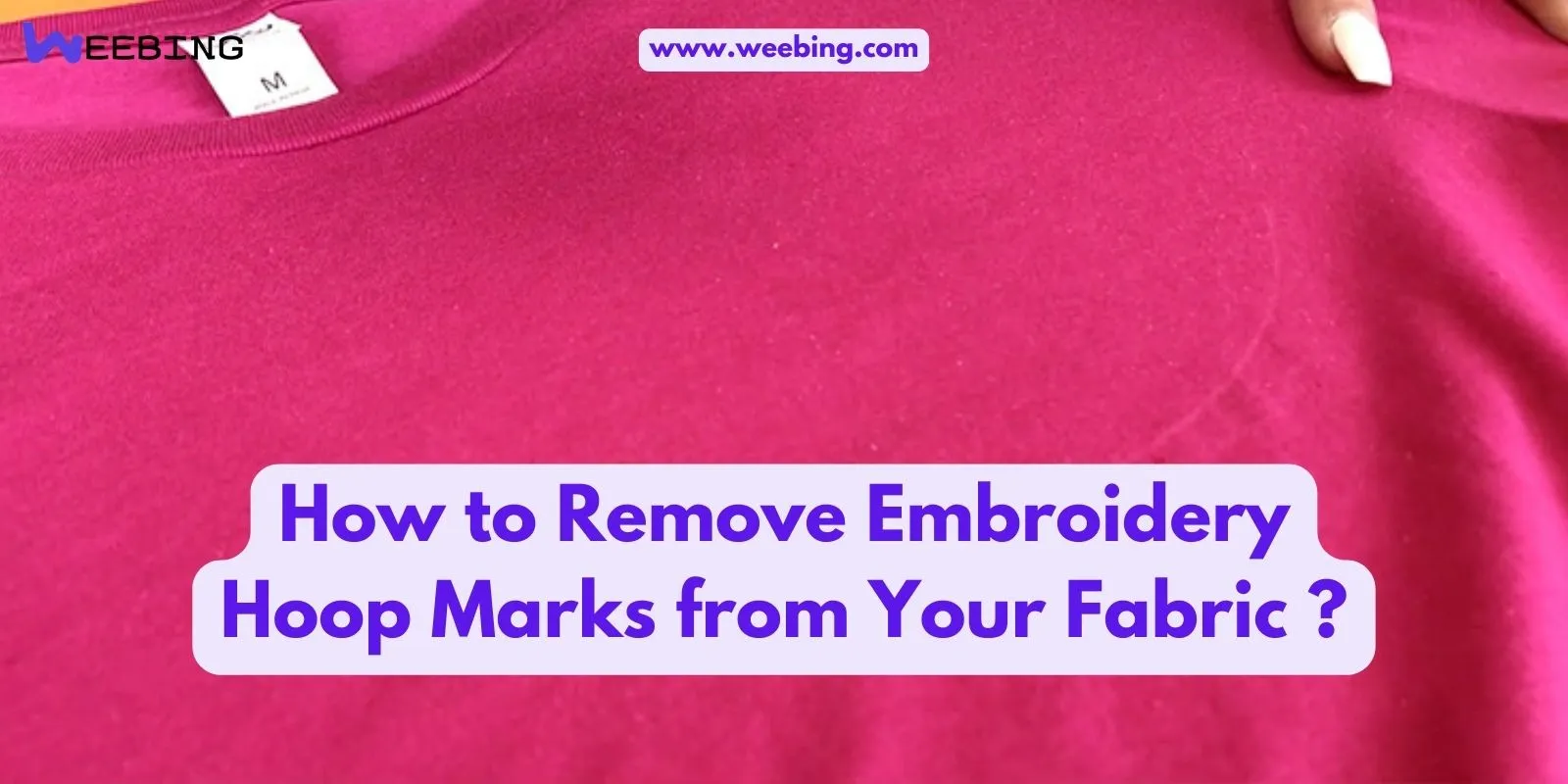
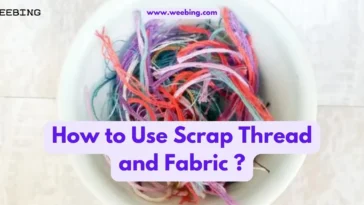
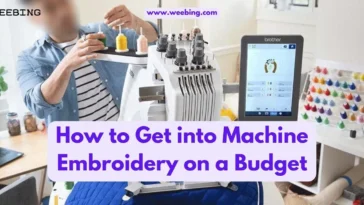
 No products in the cart.
No products in the cart.